Knock Out Roses Disease
Knock out roses disease. Sports and child plants Double Knock Out sport 2004 Pink Knock Out sport before 2005. Powdery mildew caused by the Sphaerotheca pannosa var. At first Knock Out roses were considered resistant but they were found to.
The only thing you can do is dig it up throw it out with the trash and replace it with something that isnt a rose. The main symptom is a tightly grouped proliferation of distorted usually bright red foliage a witches-broom. Rose rosette disease also known as witches-broom of rose is a virus or virus-like disease that is spread by a microscopic eriophyid mite.
Rosae fungus__ is another common disease that rarely affects Knock Out roses. Clean your pruners between cuts with a dilute bleach solution 1 part bleach to 4 parts water or rubbing alcohol. Multiflora rose the wild and invasive weed rose is the primary host of the mite and an important source of the virus.
Bred for low-maintenance gardening Knock Out roses are called self-cleaning because the spent bloom falls off the stem which removes the need to. Other early symptoms include deformed and brittle leaves with yellow and red pigmentation. Rosette Disease is not exclusive to Knock Out Rose cultivars but is most noticeable in the variety because we are used to having no trouble with the prolific bloomers.
The shrub has glossy dark green foliage. This virus spread by a tiny mite distorts the flowers and causes weird bunches of bright red stems to grow. Youll notice this disease which is spread by a virus-carrying mite when you see the telltale bizarrely red growth of the plant.
It pays to be thorough in this case. You must pull up the rose roots and all bag it and throw it out with the trash. But they are susceptible to rose rosette a virus spread by eriophyid mites that blow in on the wind.
Spraying will not work. This leads to wilted foliage and buds leaf dropping loss of vigor and overall poor health.
Knock Out is disease resistant and blackspot resistant but is susceptible to mildew.
Affected canes may be excessively thorny thicker than unaffected canes and slow to mature. You must pull up the rose roots and all bag it and throw it out with the trash. Rosette Disease is not exclusive to Knock Out Rose cultivars but is most noticeable in the variety because we are used to having no trouble with the prolific bloomers. Spraying will not work. The main symptom is a tightly grouped proliferation of distorted usually bright red foliage a witches-broom. Knock Out roses Rosa spp are considered to have excellent disease resistance but like other roses they can suffer from illnesses. Rose rosette disease also known as witches-broom of rose is a virus or virus-like disease that is spread by a microscopic eriophyid mite. Roses are known for their thorny stems and mechanical injuries on the plant itself caused by this become the entry points of fungal infection. Bred for low-maintenance gardening Knock Out roses are called self-cleaning because the spent bloom falls off the stem which removes the need to.
The shrub has glossy dark green foliage. It starts out yellowish and turns brown becomes sunken and crack over time. Knock Out roses Rosa spp are considered to have excellent disease resistance but like other roses they can suffer from illnesses. New stems and growth are purple. It pays to be thorough in this case. A defining characteristic of this disease is the formation of reddish-brown spots on the woody stem or cane of the rose plant. Even then inspect the base for unusual growths.

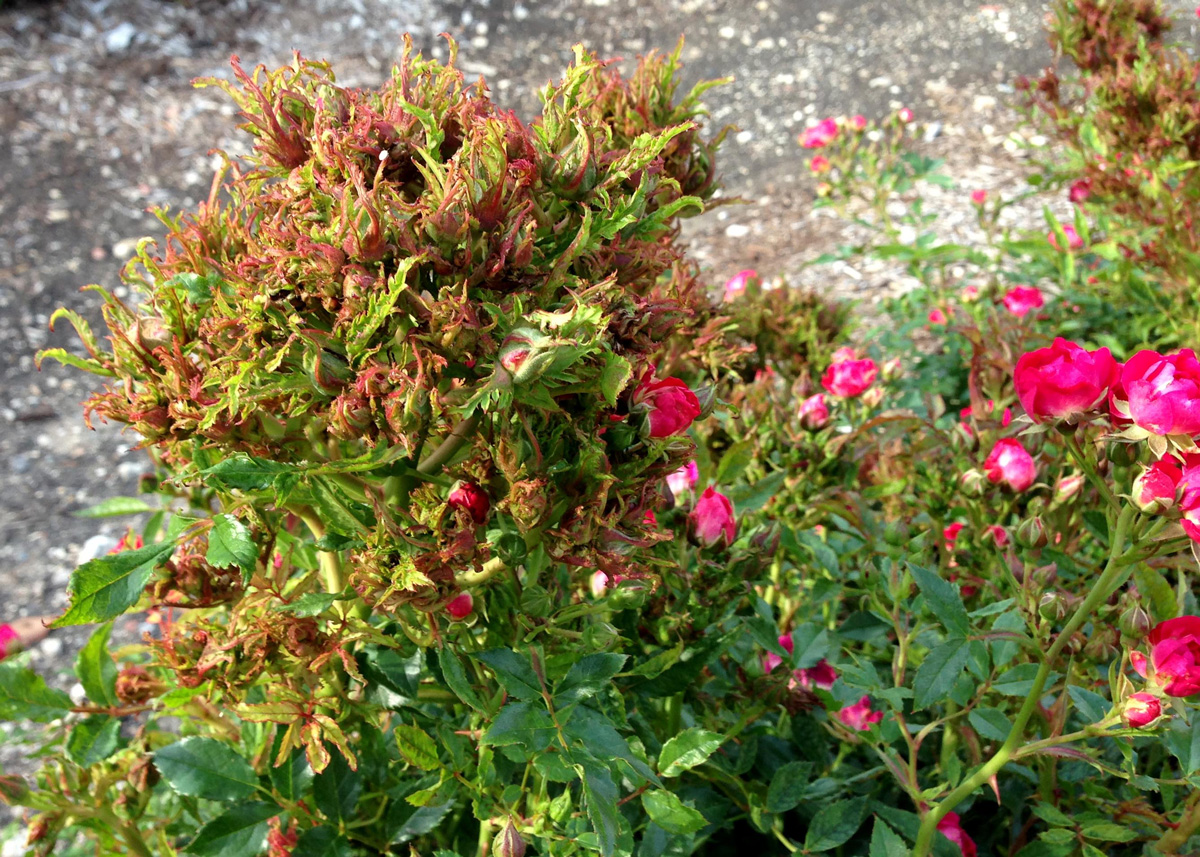

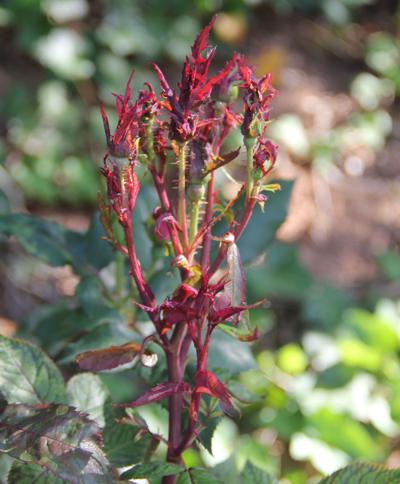







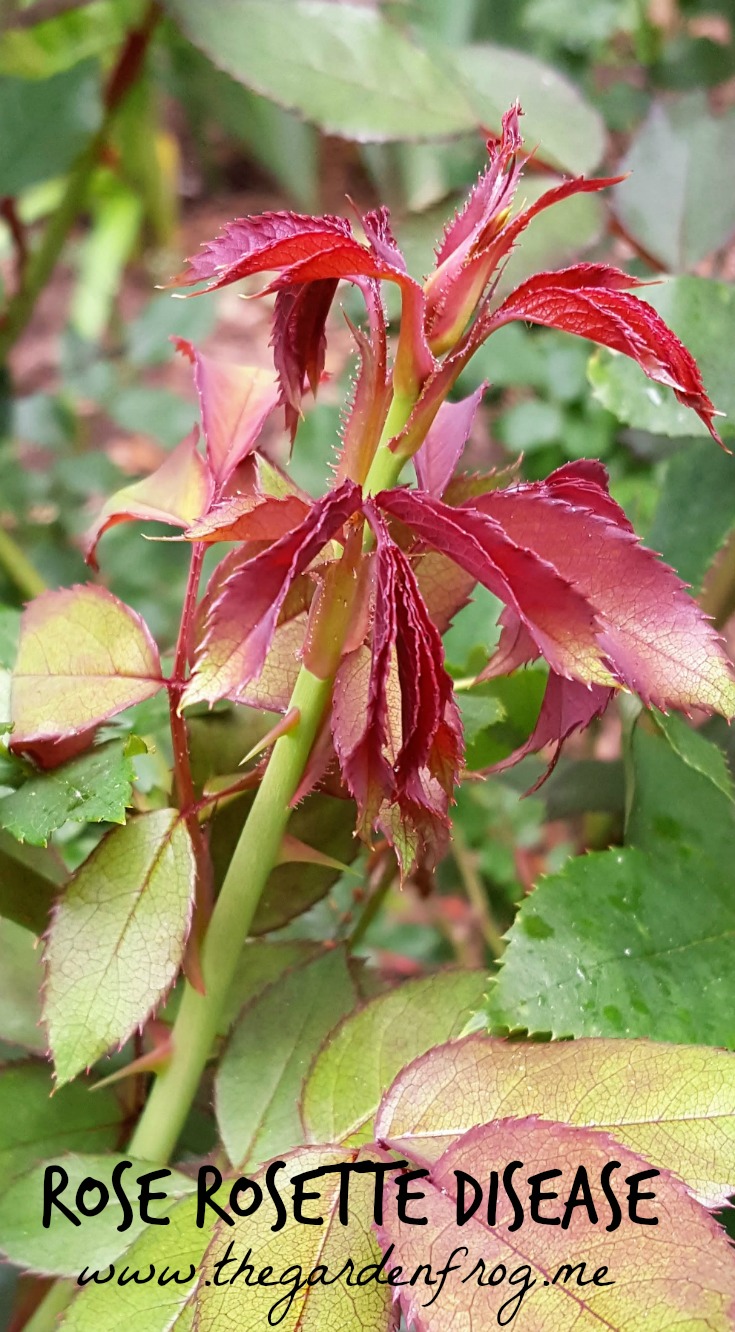



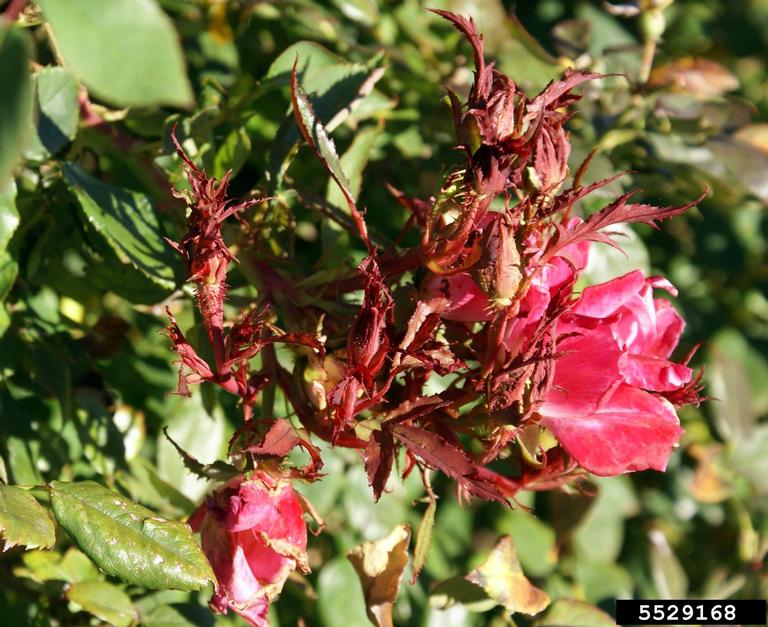

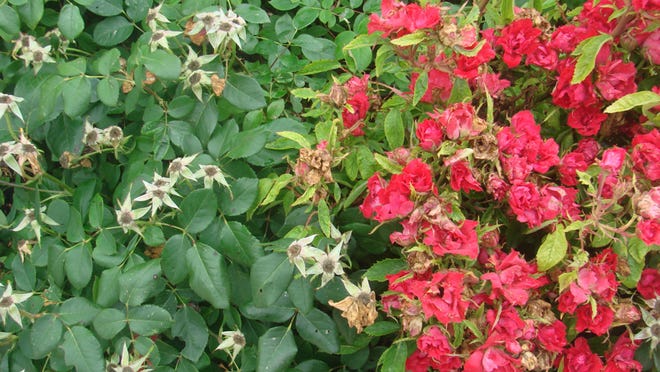
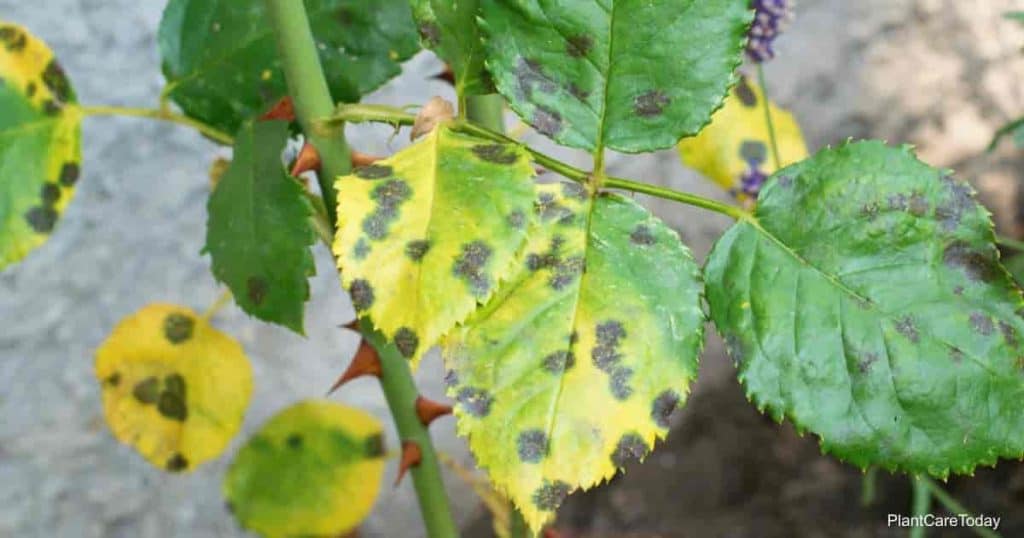

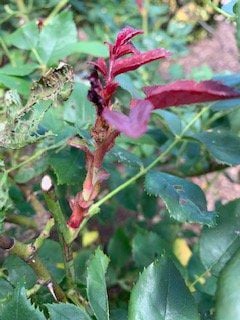
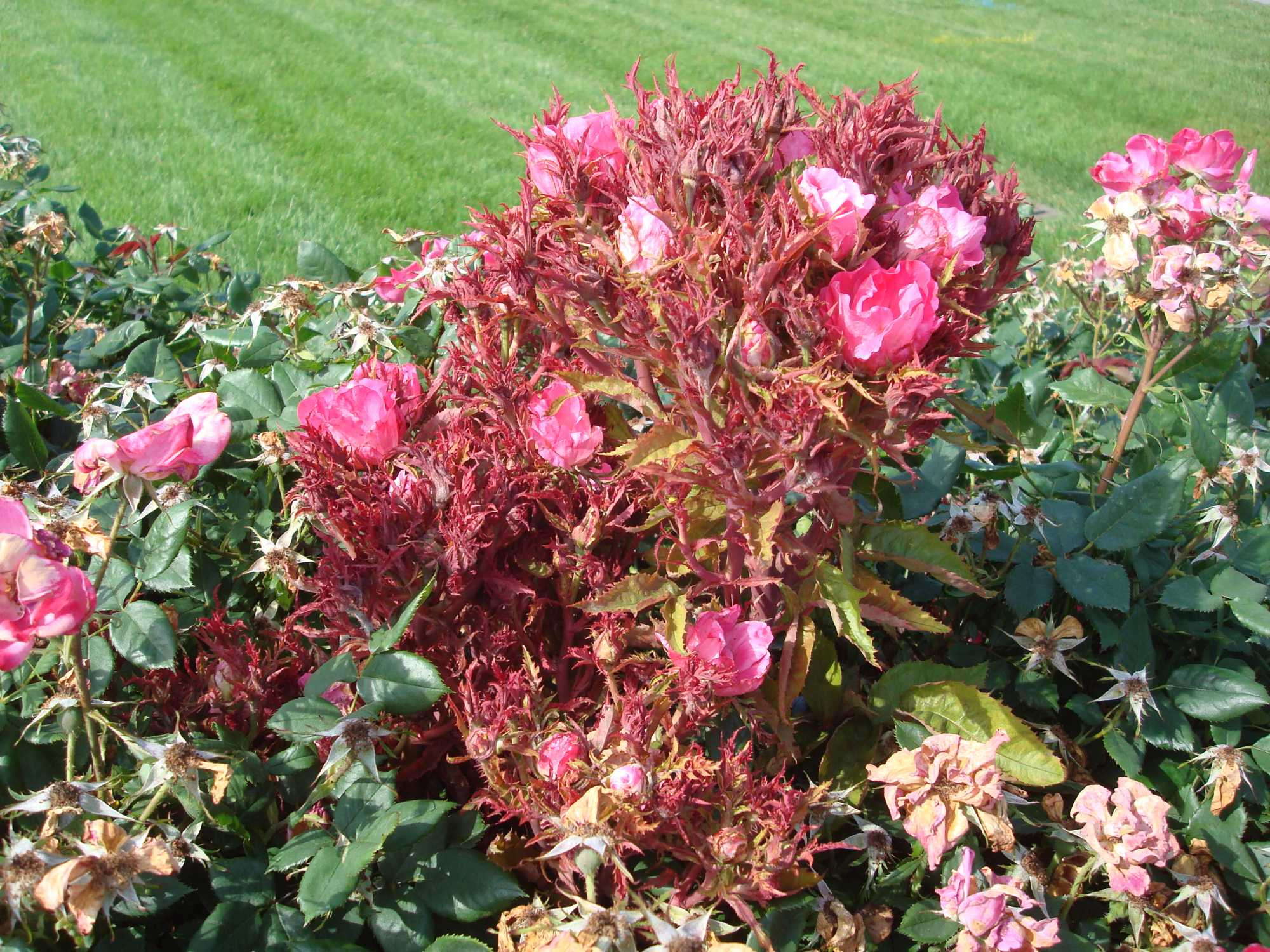

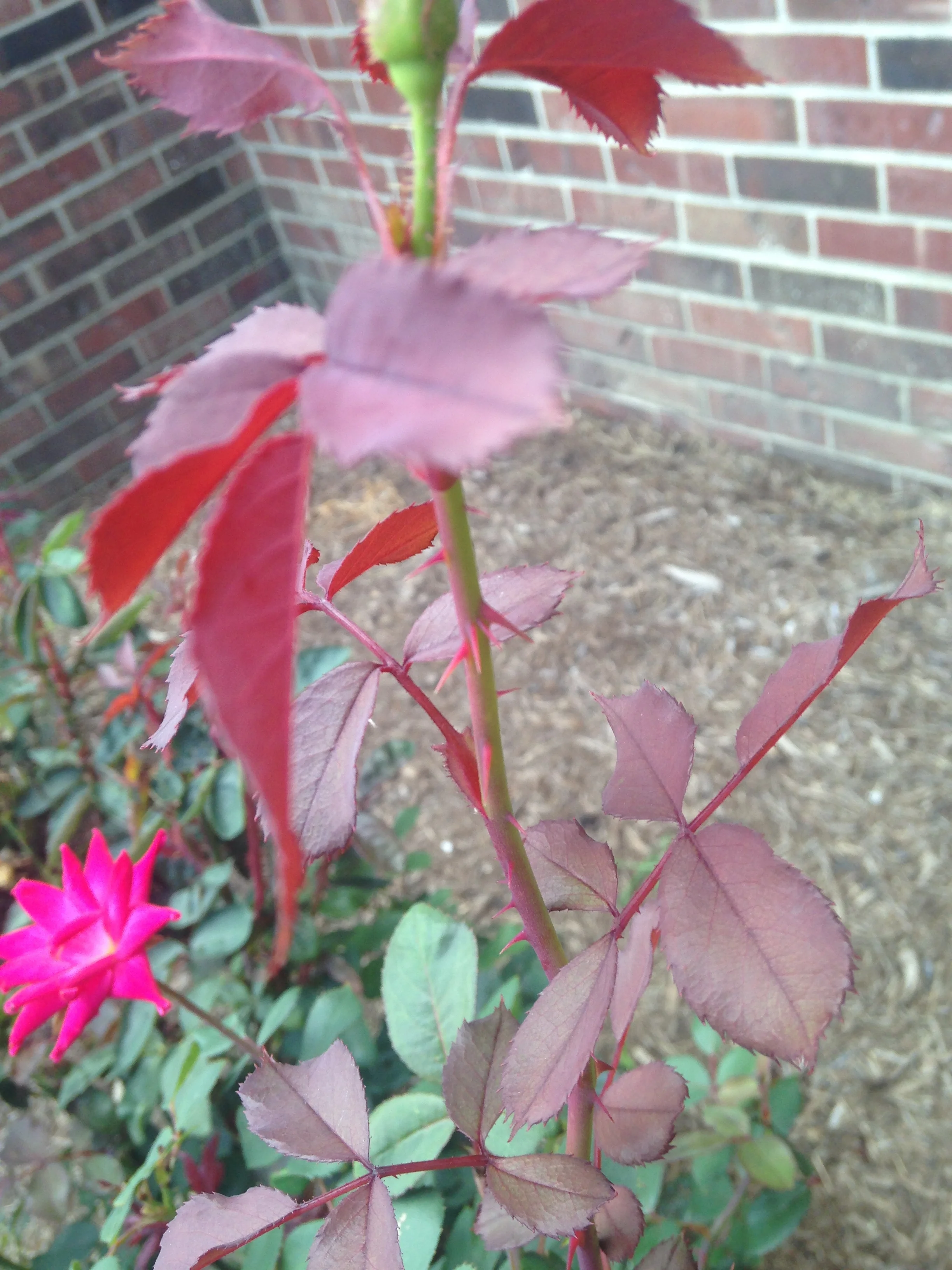

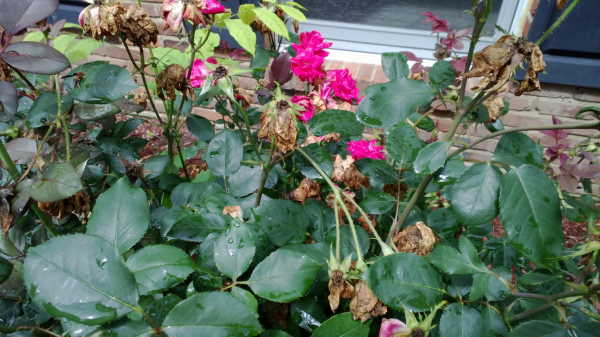



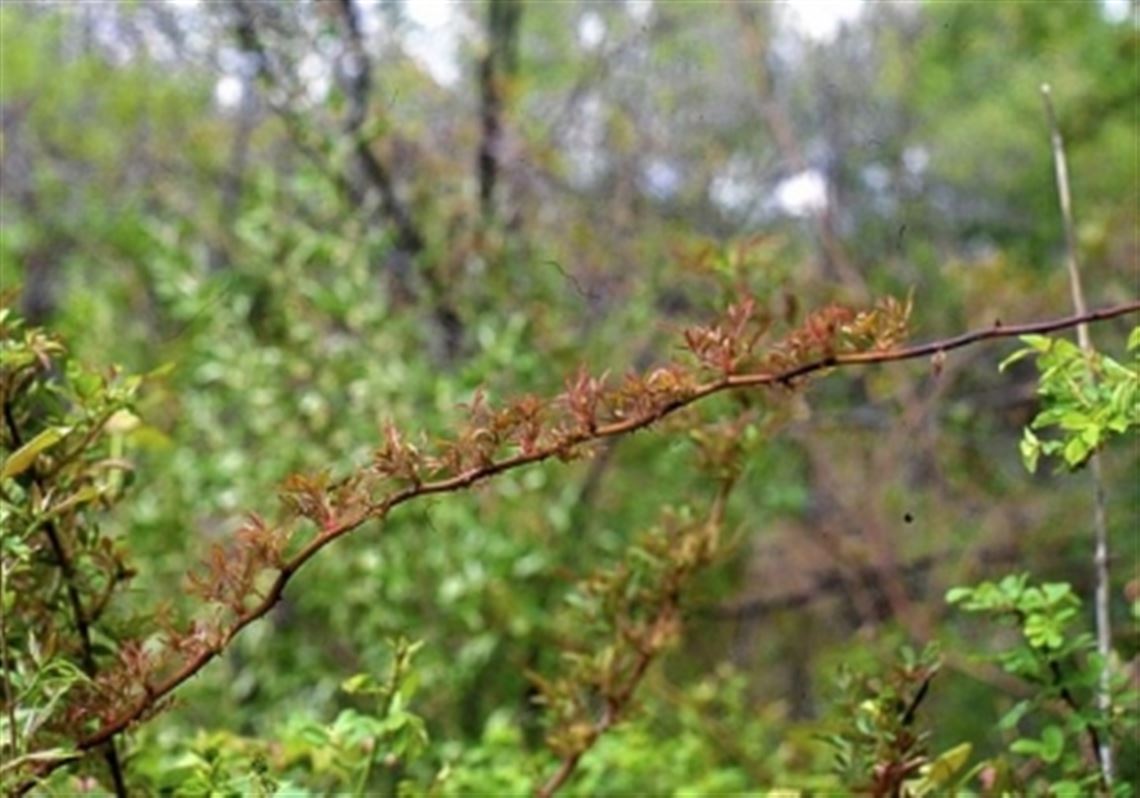

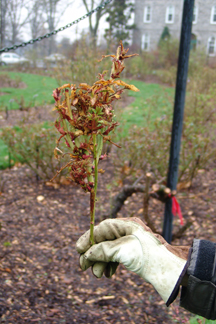



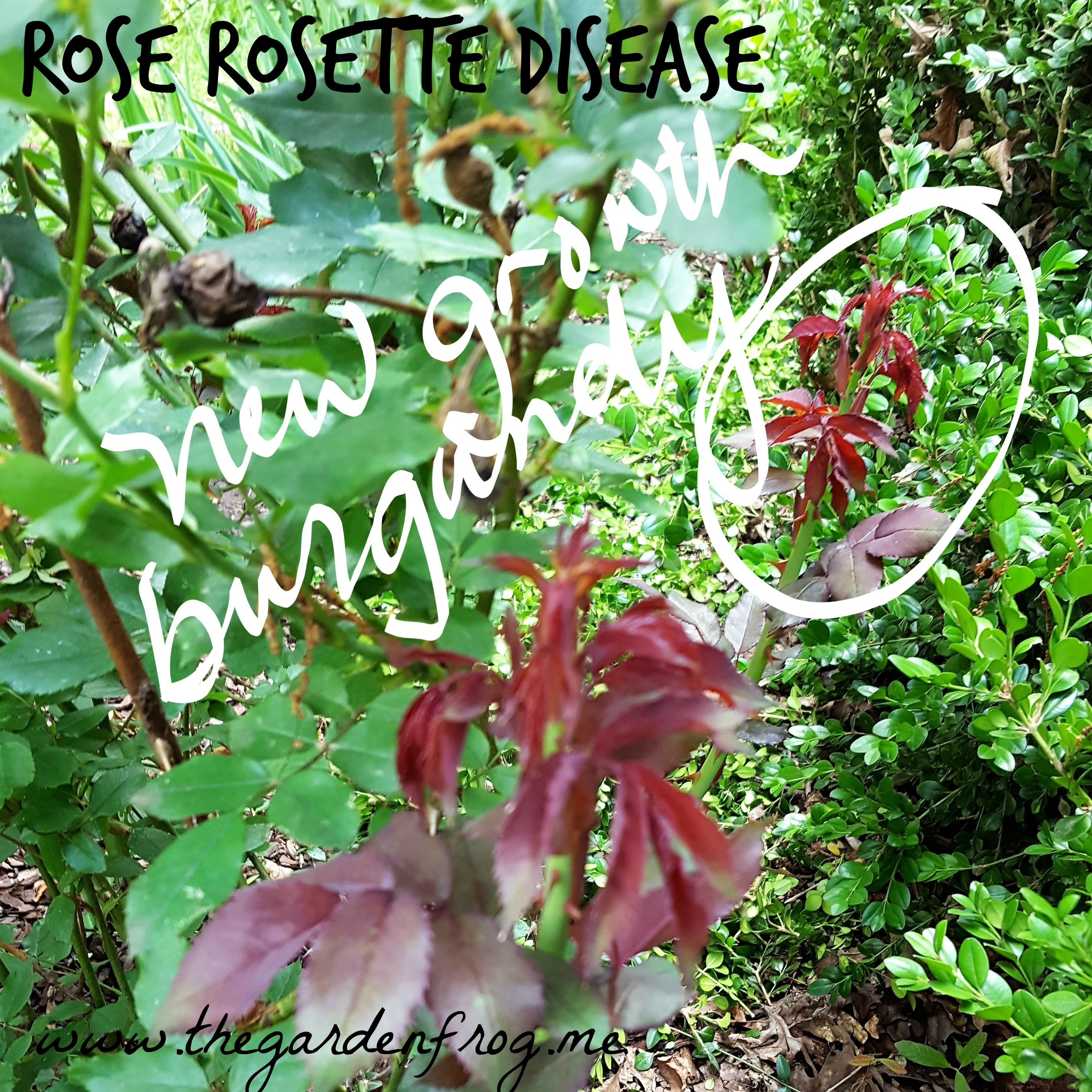
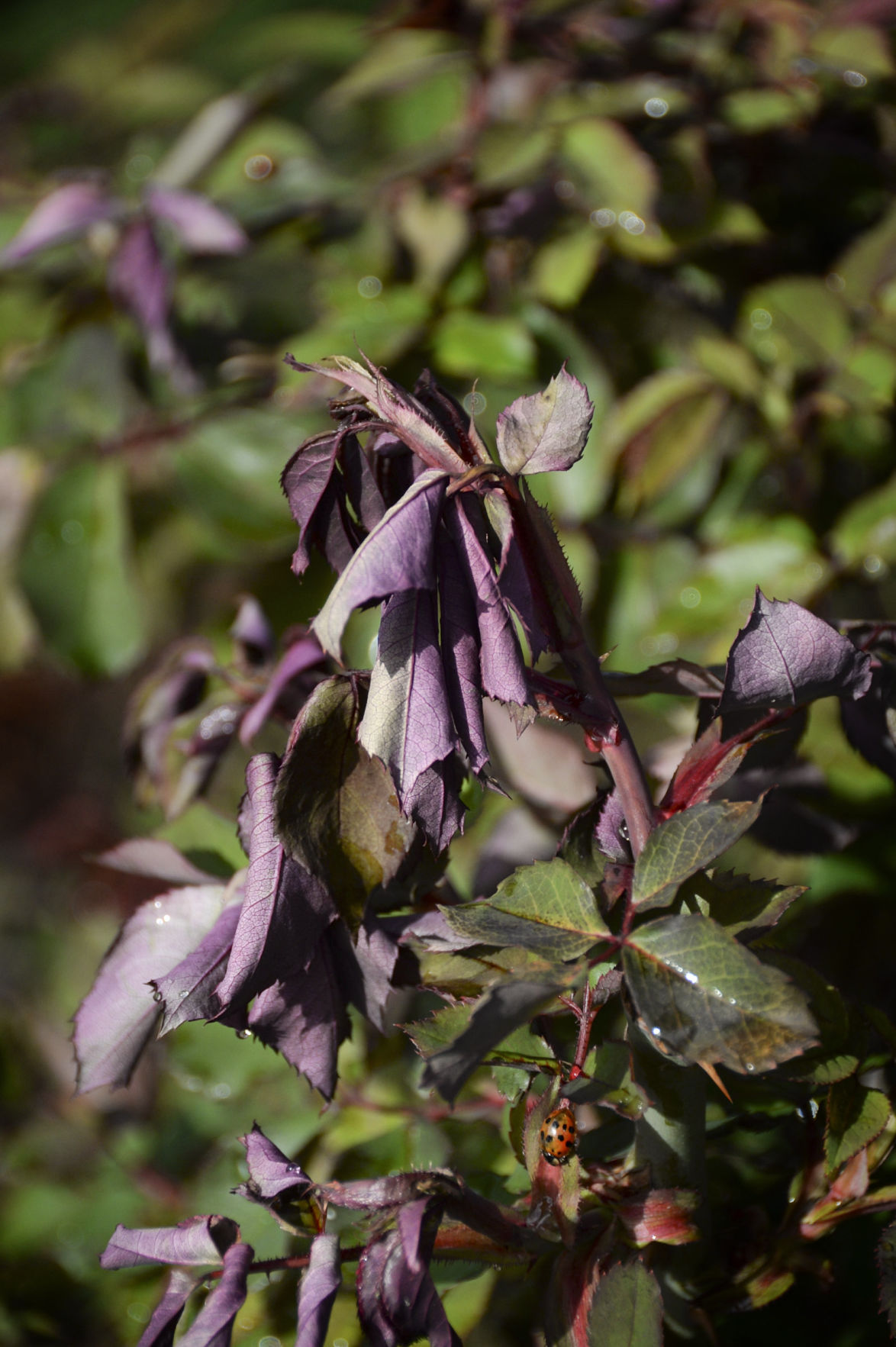


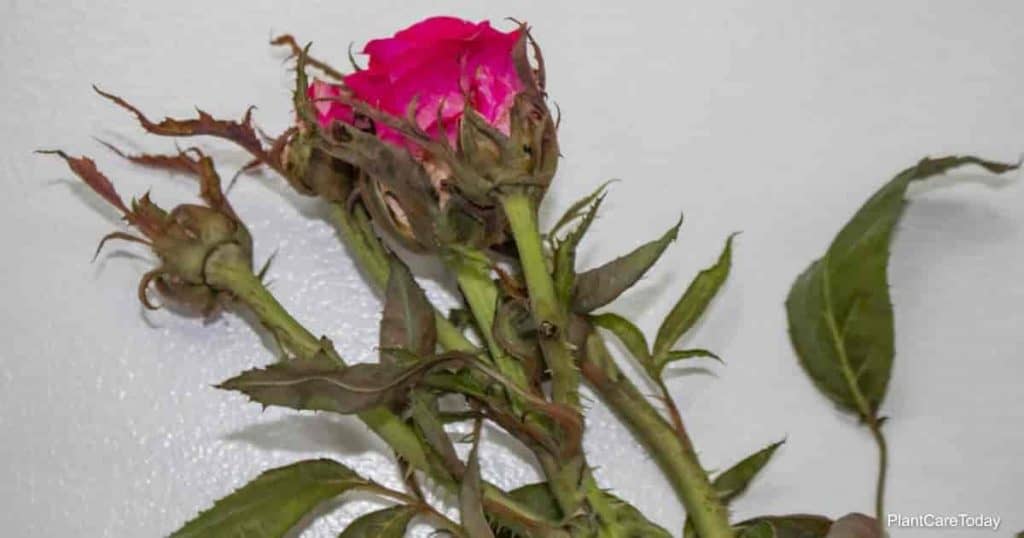



Post a Comment for "Knock Out Roses Disease"